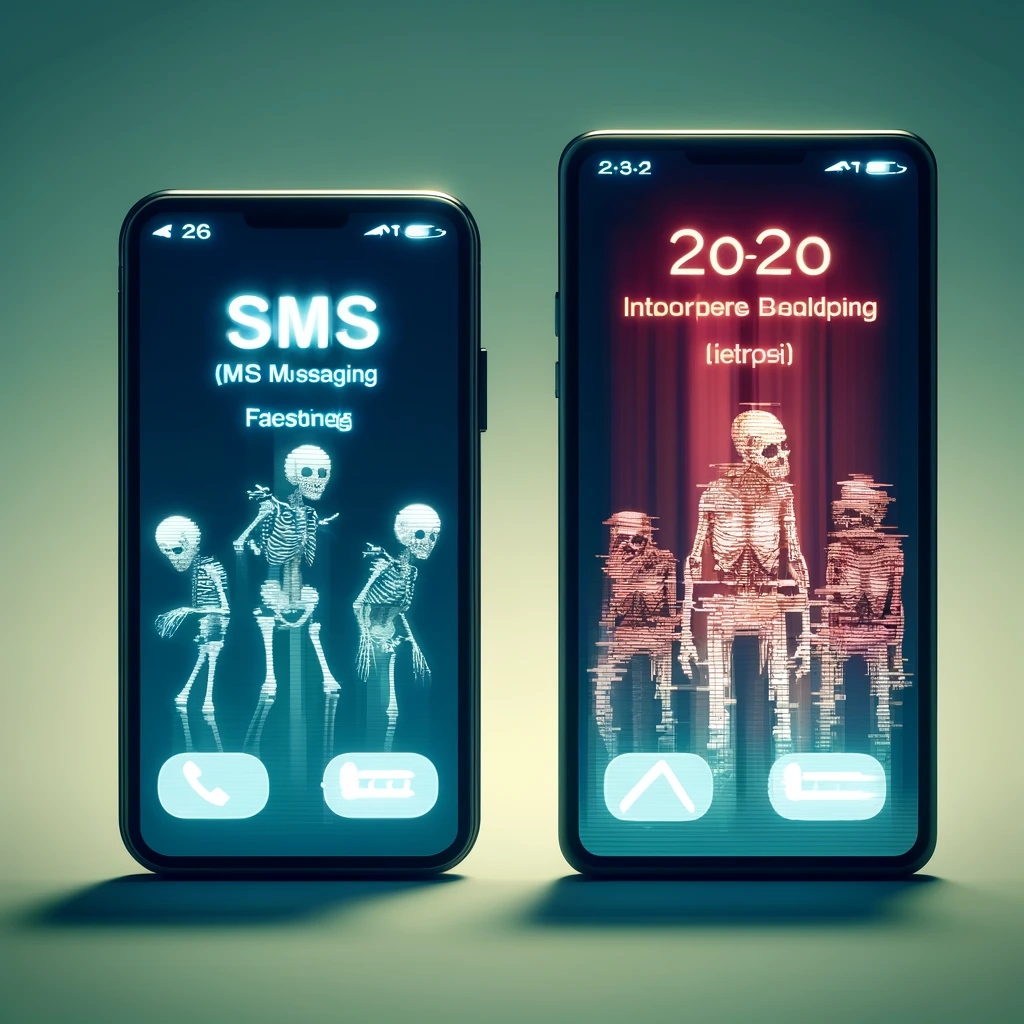
The emergence of the Zombie Virus marks a concerning evolution in mobile malware, reminiscent yet distinct from its predecessor that struck between 2019 and the winter of 2020. The earlier virus had a significant impact, targeting SMS messaging—a vital aspect of smartphone communication integral to texting, engaging responses, and potentially affecting social networking. Its disruption highlighted the vulnerability of seemingly secure communication channels, prompting a reevaluation of mobile security paradigms.
Fast forward to the present, and the Zombie Virus introduces a new level of threat. Unlike the previous virus, which primarily targeted SMS functionalities, this new malware extends its reach, sparing neither calling capabilities nor internet functionalities. The impact is profound, leaving the device’s core communication features in a nearly unusable state. The phone, while still operational to a minimal extent, loses its essence as a tool for connectivity, reducing it to a mere shell of its former self.
The peculiar nature of the Zombie Virus, where the phone retains some basic functions but loses its primary communication abilities, poses a unique challenge. It leaves users with a device that can, at best, perform only the most rudimentary tasks, devoid of the interactive functionalities that define modern smartphones. This situation often leaves affected individuals with no recourse but to replace the SIM card, an action that might not guarantee immunity from future attacks, or to purchase a new phone altogether—a costly consequence of this digital plague.
The insidiousness of the Zombie Virus, with its capacity to render a phone’s calling and internet services virtually useless, underscores a critical vulnerability in our reliance on digital devices. It highlights the importance of robust cybersecurity measures, the need for continuous vigilance, and the necessity of having backup communication plans in place.
As we navigate this new landscape of cyber threats, the lessons learned from the Zombie Virus and its predecessors are clear. The evolution of malware demands an equally dynamic approach to cybersecurity, one that anticipates future threats while addressing current vulnerabilities. For individuals and organizations alike, the rise of such viruses is a call to action, urging a recommitment to digital hygiene practices, regular software updates, and a proactive stance on securing our digital lives against the ever-present threat of cyber invasion.